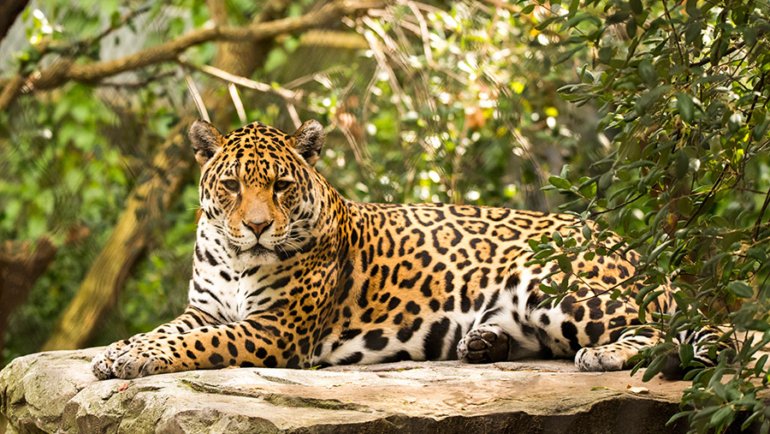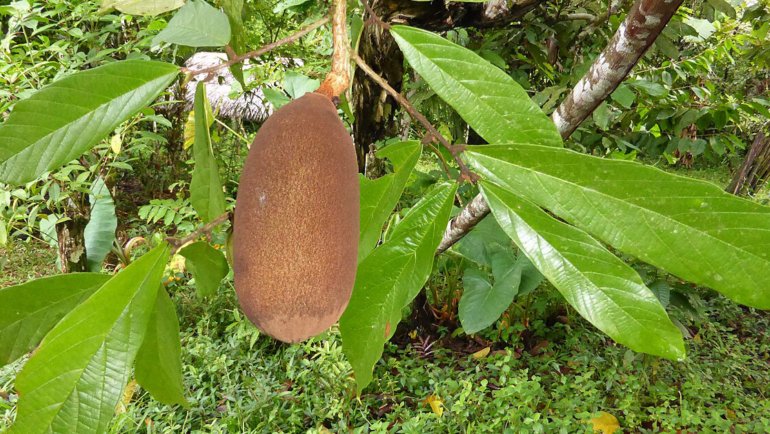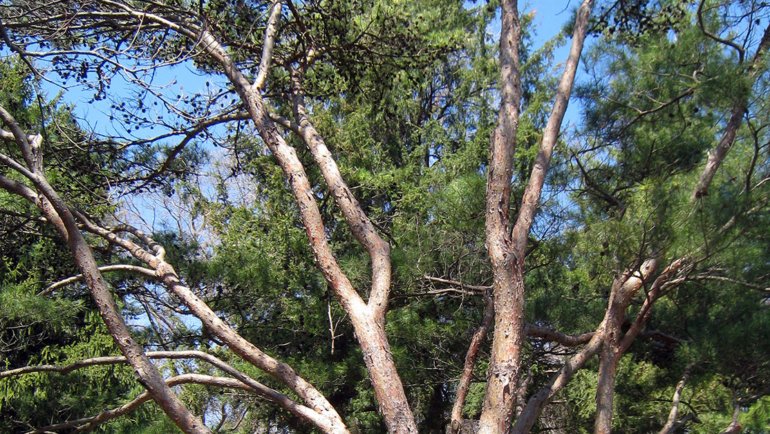In the heart of the Middle East, Palestine, a land rich in history and cultural heritage, boasts a symbol of natural beauty and resilience – the Palestine Sunbird (Cinnyris osea).
This small yet vibrant bird is not just a symbol of the Palestinian natural heritage; it’s a beacon of perseverance and adaptability in a region shaped by complex histories and landscapes.
As we embark on this journey to know more about the Palestine Sunbird, get ready to be captivated by its unique characteristics, including its remarkable feeding habits that set it apart from its distant relatives like hummingbirds.
Quick Info About The Palestine Sunbird
| Scientific Name: | Cinnyris osea |
| Average Size: | 8 to 12 cm (3.1 to 4.7 inches) |
| Average Wingspan: | 14 to 16 cm (5.5 to 6.3 inches) |
| Average Weight: | Males: 7.6 g; Females: 6.8 g |
| Average Lifespan: | Unknown |
| Geographical Range: | Middle East, Sub-Saharan Africa |
| Habitat: | Dry woodland, scrub, wadis, savannas, orchards, gardens |
| Conservation Status: | Least Concern (IUCN Red List) |
Meet The Palestine Sunbird, National Bird of Palestine
The Palestine Sunbird, a small passerine bird of the sunbird family, is a marvel of nature. It’s not just the beauty but the adaptability of this bird that makes it so special. Here’s an overview of its characteristics:
Males in breeding plumage are predominantly dark but shine with glossy blue or green hues in the light. Their distinctive orange tufts at the sides of the breast, though hard to spot, add to their allure. Females and juveniles, on the other hand, display grey-brown upperparts with pale underparts. Non-breeding males resemble females but may retain some dark feathers.
The male and female Palestine Sunbirds exhibit noticeable differences in plumage, with males being more colorful. The bird’s long, downward-curving black bill is adapted for nectar feeding, a key aspect of its diet.
In the ecosystem, the Palestine Sunbird plays a vital role. It primarily feeds on nectar, thus pollinating the flowers it visits, and insects, contributing to pest control. This places it as a crucial part of the food chain, both as a pollinator and as prey for larger birds.
Despite its small size, the Palestine Sunbird is a powerful symbol of Palestinian identity and resilience, echoing the endurance of the Palestinian people in their homeland.
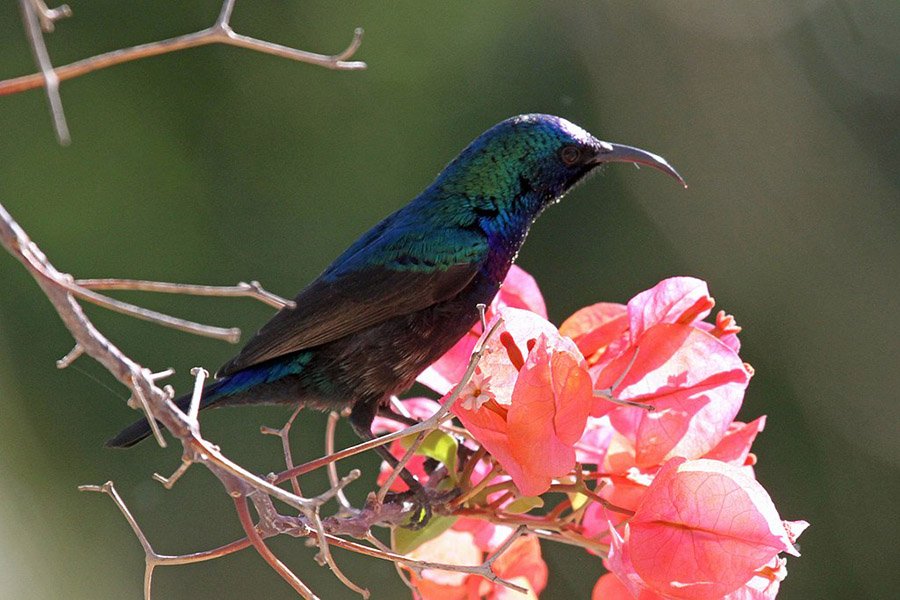 Source: Wikimedia Commons
Source: Wikimedia CommonsWhere Does The Palestine Sunbird Live?
The Palestine Sunbird is a resilient species that thrives in a variety of environments, primarily in areas with high temperatures and a dry climate.
In Palestine, these birds are commonly found in dry woodlands, scrublands, wadis (dry riverbeds), savannas, as well as in cultivated areas like orchards and gardens. They are a familiar sight in both rural and urban settings, adapting well to human habitation.
Geographically, the range of the Palestine Sunbird extends beyond Palestine, covering parts of the Middle East and sub-Saharan Africa.
In the Middle East, the subspecies C. o. osea is prevalent from Israel, Palestine, and Jordan in the north to Yemen and Oman in the south, and has recently colonized the Sinai Peninsula in Egypt. This wide distribution showcases the bird’s adaptability to diverse climates and terrains.
Why and When Did The Palestine Sunbird Become The National Bird of Palestine?
The Palestine Sunbird was declared the national bird of Palestine in 2015, a decision steeped in both cultural significance and political symbolism. This bird, with its resilience and ability to thrive in varied environments, symbolizes the endurance and adaptability of the Palestinian people.
The choice of the Palestine Sunbird as the national bird was also a response to a broader political context. It came after a significant event in 2008, when the bird was part of Israel’s national bird public vote but ultimately did not win.
The subsequent adoption by the Palestinian Authority in 2015 was a statement of national identity and cultural heritage, emphasizing the enduring connection between the Palestinian people and their land.
There has been controversy surrounding the bird, particularly regarding its name. There were efforts to change its name from the Palestine Sunbird to the Orange Bird, seen by some as an attempt to erase Palestinian identity. This name change was resisted successfully, and the bird’s official recognition as a national symbol was a victory in preserving Palestinian cultural and natural heritage.
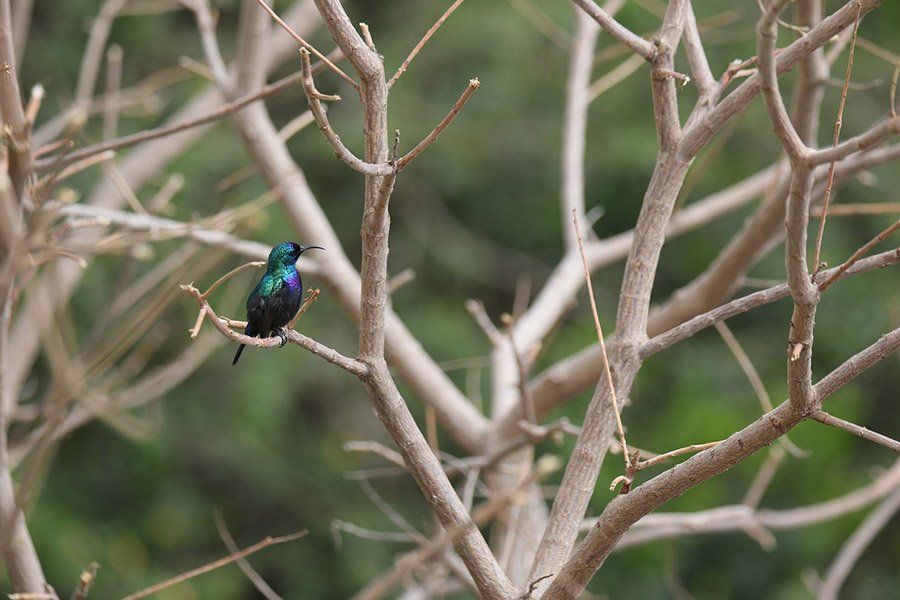
Where is The Palestine Sunbird Featured in Palestine?
In Palestine, the symbolism of the Palestine Sunbird extends beyond its presence in nature. It is featured prominently in cultural representations and symbols of national identity:
- On Passport and Postage Stamps: Artist Khaled Jarrar created passport and postage stamps featuring the Palestine Sunbird. These stamps have been recognized for postal use in several European countries, symbolizing Palestine’s assertion of identity and statehood.
- In Art and Documentary: The bird’s image and the story of its stamps have been captured in an Al Jazeera documentary, highlighting its significance as a symbol of freedom and resistance.
- On Exported Goods: The sunbird adorns the logo on exported Palestinian goods, serving as a symbol of national pride and identity.
These representations of the Palestine Sunbird in various forms underscore its importance not just as a natural treasure but as an emblem of Palestinian resilience and the struggle for self-determination.
Names of The Palestine Sunbird
The Palestine Sunbird, known scientifically as Cinnyris osea, is recognized by a few different names. In Palestine and the surrounding regions, it is commonly referred to as the Palestine Sunbird, a name that holds significant cultural and national importance.
Another common name for this species is the “Orange-tufted Sunbird,” a moniker that is also used for a similar species, Cinnyris bouvieri, found in sub-Saharan Africa.
The specific name “osea” derives from Ancient Greek ὁσια (hosia), meaning “holy,” reflecting perhaps an ancient recognition of the bird’s distinct presence. In different countries within its range, local names may vary, reflecting linguistic and cultural differences.
Is The Palestine Sunbird Endangered?
As of current data, the Palestine Sunbird is not listed as endangered. It is a relatively common and adaptable species, capable of thriving in both natural and urban environments. However, like many wildlife species, it faces threats from habitat loss and environmental changes.
Conservation efforts, particularly in Palestine, have focused on raising awareness of the bird’s existence and significance. Organizations like the Palestine Wildlife Society, in coordination with educational institutions, have organized photography and writing competitions to celebrate and document the bird, fostering a connection between the public and this symbol of natural heritage. These efforts are crucial in ensuring the continued survival and appreciation of the Palestine Sunbird in its native habitat.
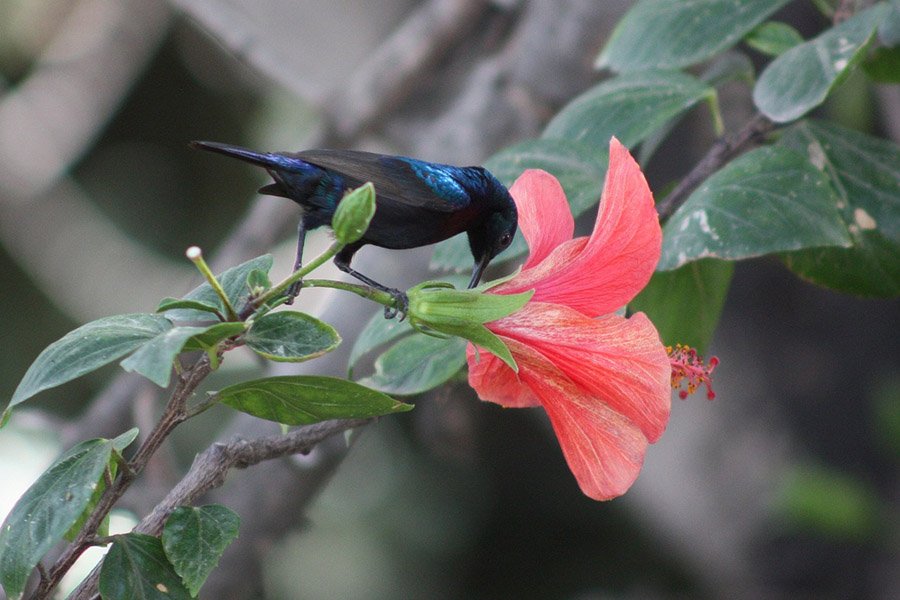
Interesting Facts About The Palestine Sunbird
- Feeding Habits: Unlike hummingbirds, which feed while hovering, Palestine Sunbirds feed on nectar while perching, using their long, brush-tipped tongues to extract nectar from flowers.
- Song and Communication: The bird is known for its high, fast, jingling song and various calls, including a harsh alarm call, showcasing a rich repertoire of vocalizations.
- Nesting: Their purse-like nests, hanging from branches, are intricately constructed with leaves, grass, hair, spider webs, and lined with wool and feathers.
- Eggs and Incubation: The bird lays 1 to 3 glossy eggs, which can vary in color, incubated for about 13 to 14 days.
- Cultural Symbolism: The Palestine Sunbird not only carries the country’s name but also symbolizes Palestinian natural heritage and resilience. Palestinian poet Tamim Al-Barghouti has tied the bird’s beauty to resistance, emphasizing the significance of documenting and celebrating natural beauty as a form of cultural expression and resistance.
- Artistic Representation: Its image has been used by artists and activists as a symbol of freedom and identity, transcending its biological role to become an emblem of national pride and resistance.
Other Beautiful Birds Native To Palestine
The Palestinian Territories, with their diverse ecosystems, are home to several beautiful and significant bird species. Here are five notable birds that are native and commonly found in Palestine:
- Hoopoe (Upupa epops): Recognized by its distinctive ‘crown’ of feathers, the Hoopoe is a colorful bird that is a symbol of wisdom in local folklore. It became the national bird of Israel.
- Common Bulbul (Pycnonotus barbatus): This bird is known for its melodious song and is a frequent visitor to gardens and orchards.
- Sardinian Warbler (Sylvia melanocephala): A small, agile bird with a distinctive dark head, often seen flitting through bushes and scrublands.
- Graceful Prinia (Prinia gracilis): Common in grasslands and agricultural areas, this small bird is known for its sweet song and energetic behavior.
- White-throated Kingfisher (Halcyon smyrnensis): With its striking blue plumage and loud call, this kingfisher is a vibrant presence near water bodies and in open landscapes.
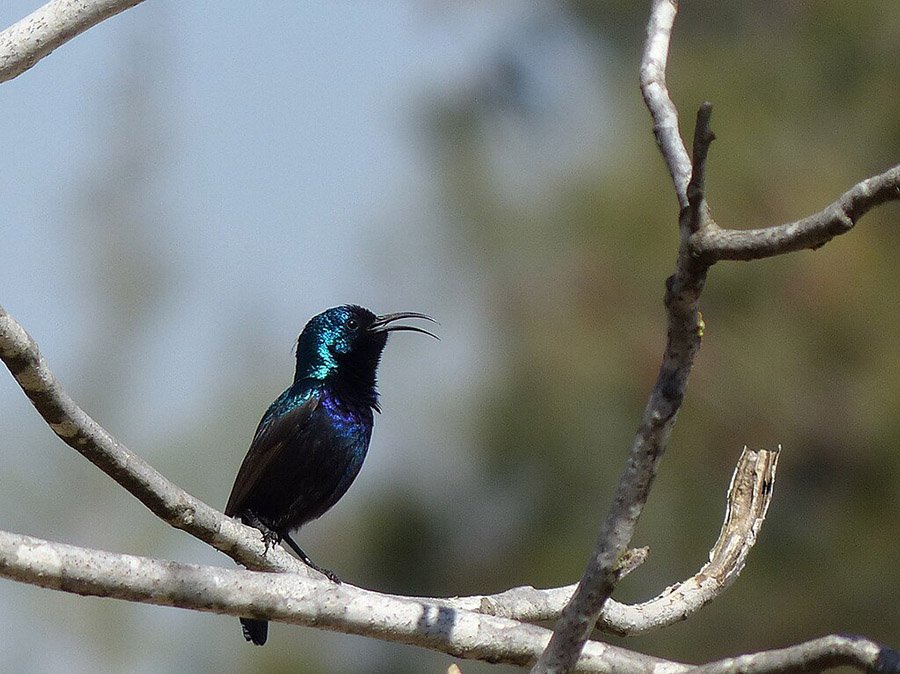 Source: Wikimedia Commons
Source: Wikimedia CommonsWhat Is Another National Animal of Palestine?
The Mountain Gazelle, known for its grace and agility, holds a special place as the national animal of Palestine. This slender, elegant antelope, characterized by its striking brown and white coat, slender horns, and distinctive facial markings, is a symbol of the natural beauty and diversity of Palestine’s wildlife.
Native to the hills and mountains of the region, the Mountain Gazelle is well-adapted to the rocky terrain and sparse vegetation. Unfortunately, it faces threats from habitat loss and hunting, leading to a decline in its population. The gazelle’s significance goes beyond its ecological role, embodying the Palestinian spirit of resilience and freedom.
Conservation efforts are crucial to ensure the survival of this iconic species, which is not only an important part of Palestine’s natural heritage but also a symbol of the country’s enduring connection to its land and nature.
Frequently Asked Questions
Is the Palestine Sunbird related to hummingbirds?
No, despite some similarities in appearance and feeding habits, the Palestine Sunbird and hummingbirds are not closely related. Sunbirds belong to the Nectariniidae family and are found in Africa and Asia, while hummingbirds are part of the Trochilidae family and are native to the Americas.
Can the Palestine Sunbird hover like a hummingbird?
No, unlike hummingbirds, the Palestine Sunbird typically feeds on nectar while perching rather than hovering.
Why was the Palestine Sunbird chosen as the national bird of Palestine?
The Palestine Sunbird was chosen as the national bird due to its symbolic representation of the Palestinian identity and resilience. It reflects the nation’s natural heritage and the people’s connection to their land.
Where can you find the Palestine Sunbird in Palestine?
The Palestine Sunbird is a common resident throughout Palestine, found in a variety of habitats including woodlands, scrublands, urban gardens, and orchards.
How does the Palestine Sunbird contribute to the ecosystem?
The Palestine Sunbird plays a crucial role in pollination due to its nectar-feeding habits, and also helps control insect populations, contributing to the balance of the ecosystem.
